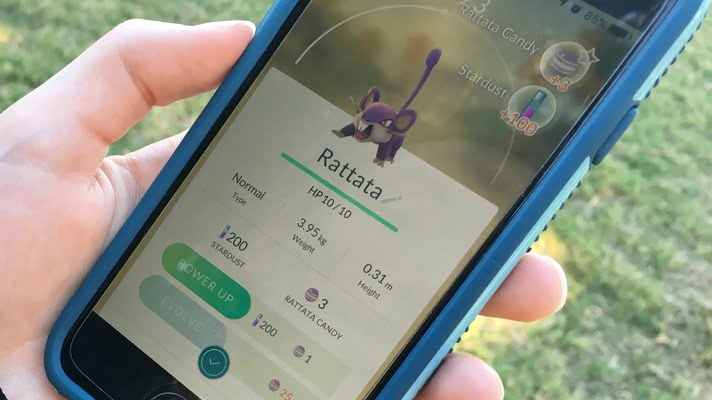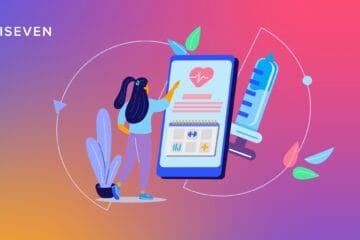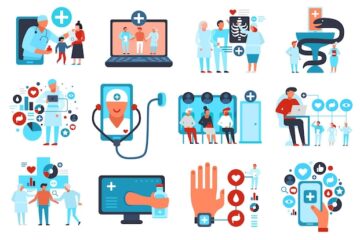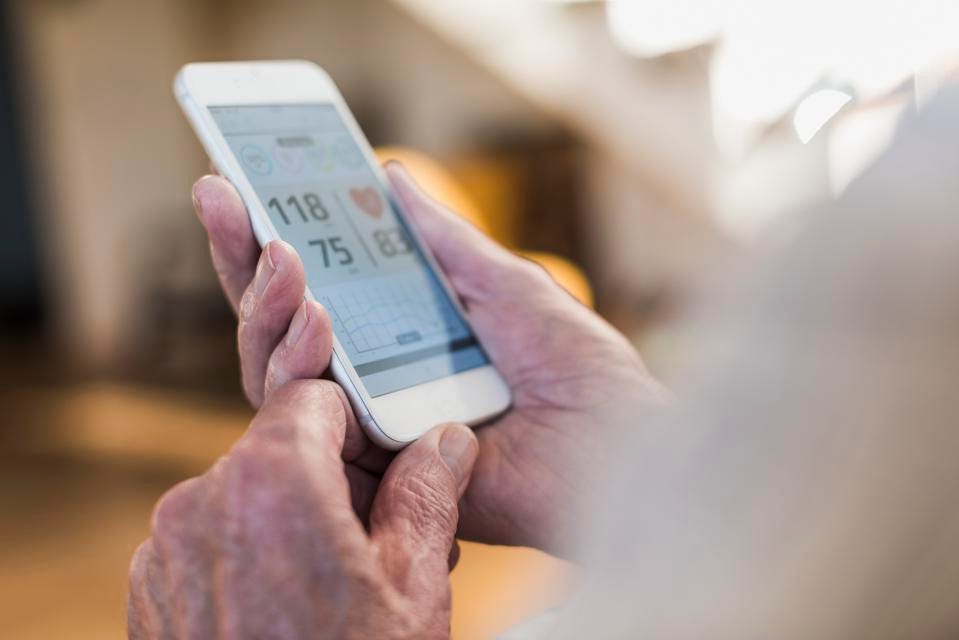
Pokémon Go fever seems to be abating a bit as summer winds down. Already, the game that was once hailed as the most effective health app ever is on the verge of downslide.
So the rising question for private and public health professionals, executives and entrepreneurs watching the apps’ rapid rise and quick decline: What does Pokémon Go reveal about the fate of so many other health apps, fitness trackers, wearables and patient engagement efforts?
15 million fewer users already
Shortly after the July launch of Pokémon Go, the Johns Hopkins Bloomberg School of Public Health wrote that the game has great potential for preventing and treating chronic conditions like obesity by increasing physical activity, promoting outdoor time, even encouraging social interactions.
“Maybe the secret sauce is not trying to be a healthy app, but instead focus on a game that gets people off the couch, into the real world, with inadvertent health effects,” the school’s so-called Johns Hopkins Pokémon Preparedness Team wrote. “As a commercial digital game, Pokémon Go may be better at engaging users, especially currently sedentary ones, than health apps disguised as games.”
Whether Pokémon Go will outlast the range of health apps, fitness trackers and wearables currently available, or fade into the fad bin as vacations end and many regular players return to school remains to be seen. But evidence is emerging that fewer people are using the app on a daily basis than at peak Pokémon Go.
[Also: Buyers Guide: A close look at 8 population health platforms]
Apptopia, which provides market intelligence on mobile apps, published research showing that at its height in mid-July approximately 45 million people worldwide were playing Pokémon Go daily and just one month later that number was trending downward toward 30 million players.
Among the initial excitement surrounding Pokémon Go were predictions that it would usher in a new era of health apps that tap Augmented Reality to engage users in ways existing apps and tools have not. That interest in AR, however, appears to be dwindling as well, according to Google Trends data.
“If these declines prove enduring, this would cast aspersion not only on the viability and popularity of Pokémon Go, but augmented reality gaming at large,” Axiom Capital Management Senior Analyst Victor Anthony noted a Bloomberg article. “The Google Trends data is already showing declining interest in augmented reality.”
Health apps always challenged by short shelf life
The running joke in certain healthcare circles is that most people only use a health app, fitness tracker or wearable about as long as the first full battery charge lasts.
Whereas that assertion may be more comedic than concrete, before writing an epitaph for the season’s hottest health app it’s worth noting that Pokémon Go right now still has approximately 30 million daily users — a number inevitably making competing app and device makers jealous.
IMS Health, in fact, reported in its 2015 annual study of patient adoption of mHealth tools that of the 26,684 apps in the Google Play for Android and Apple iTunes stores, 40 percent have been downloaded fewer than 5,000 times.
IMS pointed to the overwhelming number of app options as problematically confusing to prospective users while Johns Hopkins researchers noted that “the shininess of exergames quickly wears off.”
At least historically speaking.
Hints from the wild ride
Pokémon Go — accidental health app that it has become — may or may not experience a demise similar to many pureplay health apps.
Either way, perhaps the thorniest concern to arise from the Pokémon Go craze is how if an app essentially backed by a 20-year old franchise wildly popular with a generation starting to think about the intersection of healthcare and technology turns out to be short-lived, what are innovators lacking that manner of brand gravitas to do? How can they really even hope to engage patients in the long run?
Not every question has an easy answer, of course, but Pokémon Go’s wild ride foretells just how powerful the right tool could very well be and it unmasks the reality that today’s cadre of apps and devices are not even close to being truly effective in activating and engaging patients.
[Source:-Healthcare]




